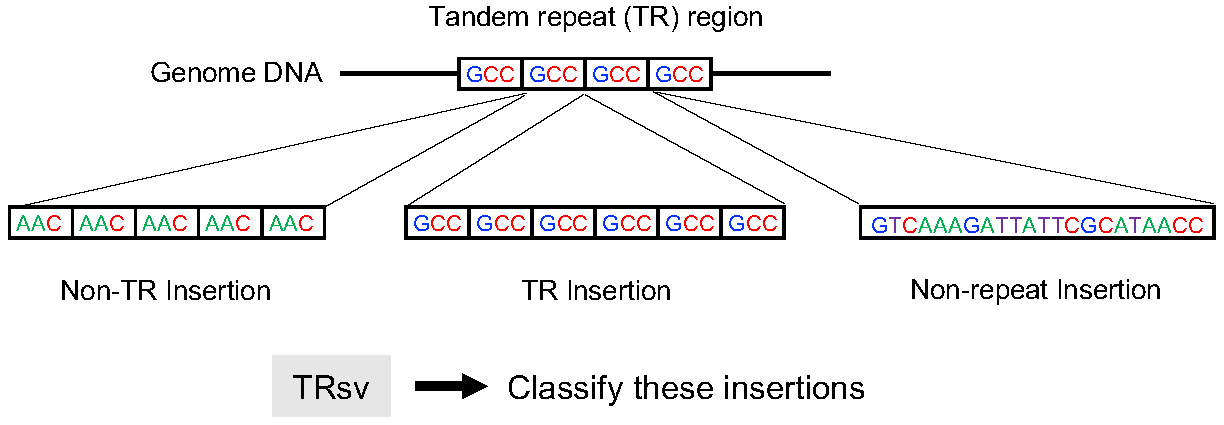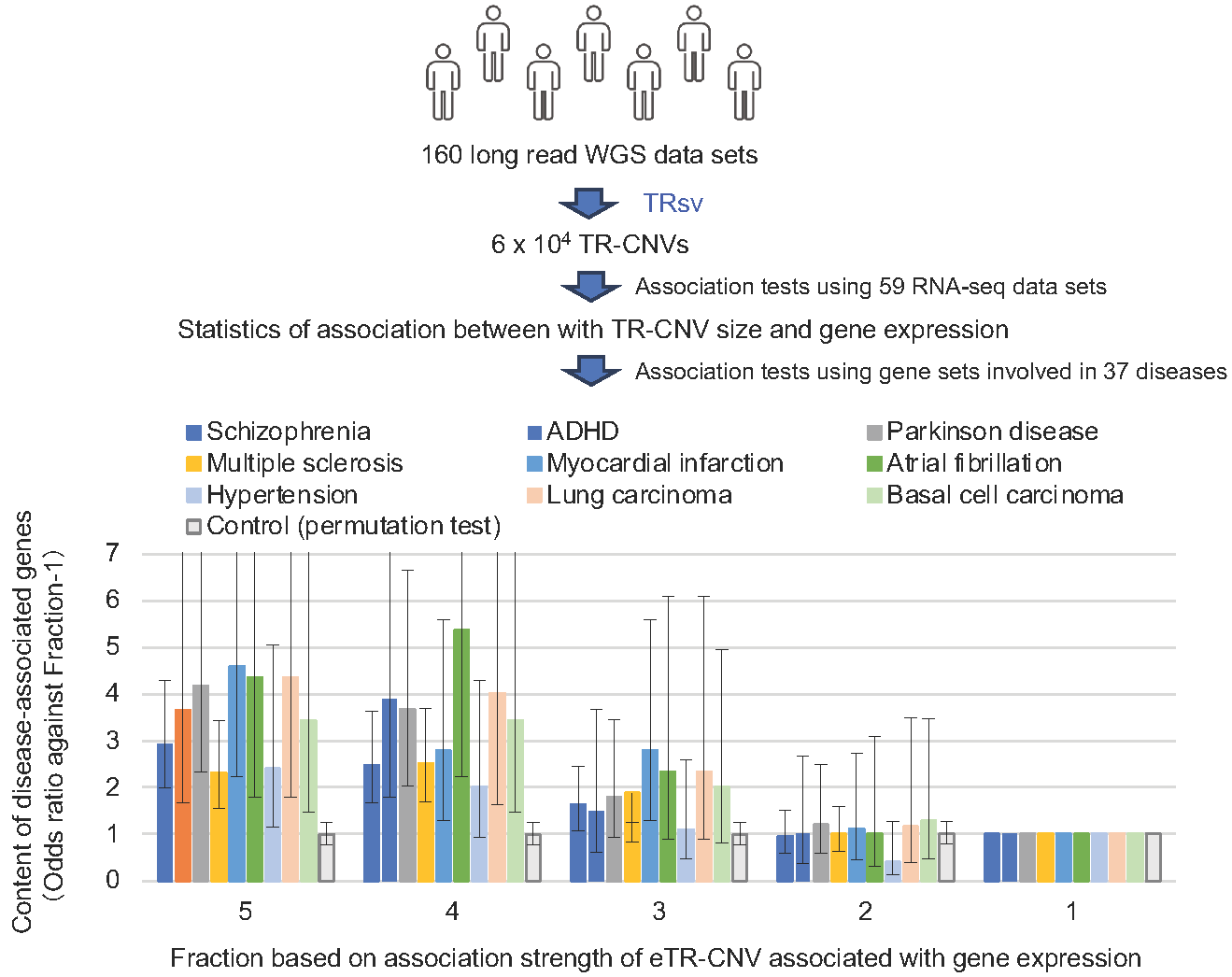Archive
- Home
- December 2025
- November 2025
- October 2025
- September 2025
- August 2025
- July 2025
- June 2025
- May 2025
- April 2025
- March 2025
- February 2025
- January 2025
- December 2024
- November 2024
- October 2024
- September 2024
- August 2024
- July 2024
- June 2024
- May 2024
- April 2024
- March 2024
- February 2024
- January 2024
- December 2023
- November 2023
- October 2023
- September 2023
- August 2023
- July 2023
- June 2023
- May 2023
- April 2023
- March 2023
- February 2023
- January 2023
- December 2022
- November 2022
- October 2022
- September 2022
- August 2022
- July 2022
- June 2022
- May 2022
- April 2022
- March 2022
- February 2022
- January 2022
- December 2021
- November 2021
- October 2021
- September 2021
- August 2021
- July 2021
- June 2021
- May 2021
- April 2021
- March 2021
- February 2021
- January 2021
- December 2020
- November 2020
- October 2020
- September 2020
- August 2020
- July 2020
- June 2020
- May 2020
- April 2020
- March 2020
- February 2020
- January 2020
- December 2019
- November 2019
- October 2019
- September 2019
- August 2019
- July 2019
- June 2019
- May 2019
- April 2019
- March 2019
- February 2019
- January 2019
- December 2018
- November 2018
- October 2018
- September 2018
- August 2018
- July 2018
- June 2018
- May 2018
- April 2018
- March 2018
- February 2018
- January 2018
- December 2017
- November 2017
- October 2017
- September 2017
- August 2017
- July 2017
- June 2017
- May 2017
- April 2017
- March 2017
- February 2017
- January 2017
- December 2016
- November 2016
- October 2016
- September 2016
- August 2016
- July 2016
- June 2016
- May 2016
- April 2016
- March 2016
- February 2016
- January 2016
- December 2015
- November 2015
- October 2015
- September 2015
- August 2015
- July 2015
- June 2015
- May 2015
- April 2015
- March 2015
- February 2015
- January 2015
- December 2014
- November 2014
- October 2014
- September 2014
- August 2014
- July 2014
- June 2014
- May 2014
- April 2014
- March 2014
- January 2014
- December 2013
- November 2013
- October 2013
- September 2013
- August 2013
- July 2013
- June 2013
- May 2013
- April 2013
- March 2013
- February 2013
- January 2013
- December 2012
- November 2012
- October 2012
- September 2012
- August 2012
- July 2012
- June 2012
- May 2012
- April 2012
- March 2012
- February 2012
- January 2012
- December 2011
- November 2011
- October 2011
- September 2011
- August 2011
- July 2011
- June 2011
- May 2011
- April 2011
- March 2011
- February 2011
- January 2011
- December 2010
- November 2010
- October 2010
- September 2010
- August 2010
- July 2010
- June 2010
- May 2010
- April 2010
- March 2010
- February 2010
- December 2009
- November 2009
- October 2009
- September 2009
- August 2009
- July 2009
- June 2009
- May 2009
- April 2009
- March 2009
- February 2009
- January 2009
- December 2008
- November 2008
- October 2008
- September 2008
- July 2008
- June 2008
- May 2008
- April 2008
- March 2008
- February 2008
- January 2008
- December 2007
- November 2007
- October 2007
- September 2007
- August 2007
- July 2007
- June 2007
- March 2007
- February 2007
- January 2007
- December 2006
- November 2006
- October 2006
- September 2006
- July 2006
- June 2006
- May 2006
- April 2006
- January 2006
- June 2005
- May 2005
- April 2005
- February 2005
- December 2004
- November 2004
- October 2004
- August 2004
- July 2004
- June 2004
- May 2004
- February 2004
- January 2004
- December 2003
- August 2003
- July 2003
- June 2003
- May 2003
- March 2003
- January 2003
- December 2002
- October 2002
- May 2002
- April 2002
- February 2002
- January 2002
- August 2001
- May 2001
- April 2001
- February 2001
- August 2000
- July 2000
Yawako Kawaguchi won the Best Oral Presentation Award
Yawako W. Kawaguchi, a postdoctoral researcher in Molecular Life History Laboratory (Kuraku Lab), received the Best Oral Presentation Award at the 27th Annual Meeting of the Japanese Society for Evolutionary Studies, Japan. The meeting was held at Nagahama Institute of Bio-Science and Technology (Nagahama, Shiga Prefecture) from August 20 to 23, 2025.
▶ Awarded presentation title: Dynamics of Genome Structural Evolution in Vertebrates
▶ SESJ2025 (the 27th Annual Meeting of Society of Evolutionary Studies)

Yawako W. Kawaguchi
TRsv: simultaneous detection of tandem repeat variations, structural variations, and short indels using long read sequencing data
Press release
TRsv: simultaneous detection of tandem repeat variations, structural variations, and short indels using long read sequencing data.
Shunichi Kosugi, Chikashi Terao
Genome Biology 26, Article number: 246 (2025) DOI:10.1186/s13059-025-03718-z
![]() Press release (In Japanese only)
Press release (In Japanese only)
Tandem repeat copy number variations (TR-CNVs), structural variations (SVs), and short indels have been responsible for many diseases and traits, but no tools exist to distinguish and detect these variants. In this study, we developed a computational tool, TRsv, to distinguish and detect TR-CNVs, SVs, and short indels using long reads. In evaluation with simulated and real datasets, TRsv outperformed existing tools for detection of TR-CNVs and indels, and performed equally well for detection of SVs. We demonstrated genome-wide detection of TR-CNVs, including variants associated with gene expression, disease, and quantitative traits, using 160 long-read whole genome sequencing data and TRsv.

Fig. 1: TRsv distinguishes different types of insertions observed within tandem repeat regions
Within tandem repeat (TR) regions, TR insertions consisting of the same repeat unit as the TR region (GCC in the example figure) are often observed, but insertions consisting of different repeat units (non-TR repeat insertions) and insertions without repeats (non-repeat insertions) are also frequently observed. TRsv distinguishes and identifies these different types of insertions.

Fig. 2: TRsv identifies TR-CNVs associated with expression of disease-associated genes
The correlations between the sizes of TR-CNVs and gene expression levels were tested using 6 x 104 TR-CNVs detected with TRsv and 160 long read whole genome sequencing data and 59 matched RNA-seq data. The associated genes were fractionated into 5 equal fractions from 5 to 1 in order of correlation strength (horizontal axis). The proportion of disease-associated genes in each fraction was calculated, and the ratio of the content of each fraction to the content of disease-associated genes in the fraction with correlation strength 1 (odds ratio) was plotted for each disease (vertical axis). As a control, odds ratios for a randomly selected set of 800 genes from 20,000 human genes are shown. The black lines on the bars indicate standard errors. This result indicates that the expression of genes involved in many diseases is regulated by TR-CNVs and suggest that disease development is affected by TR-CNVs.
NIG Global Scholar (NIG-GS) Selection
Inducible NMDA Receptor Knockdown Reveals a Maintenance Phase in Dendritic Refinement of Barrel Cortex Neurons
Press release
Inducible NMDA Receptor Knockdown Reveals a Maintenance Phase in Dendritic Refinement of Barrel Cortex Neurons
Ayane Nihashi, Naoki Nakagawa, Takuya Sato, Mariko Yamamoto, Luwei Wang, Rieko Ajima, Yumiko Saga, Yumiko Yoshimura, Masato T. Kanemaki, Takuji Iwasato*
* Corresponding Author
iScience (2025) DOI:10.1016/j.isci.2025.113229
![]() Press release (In Japanese only)
Press release (In Japanese only)
The temporal mechanisms of activity-dependent dendritic patterning during postnatal development remain unclear because appropriate technology is lacking. Here, we demonstrate that the auxin-inducible degron 2 technology enables the rapid knockdown of target proteins at specific time points in the postnatal mouse brain. When N-methyl-D-aspartate-type glutamate receptor (NMDAR) depletion was induced from postnatal day (P)3, barrel cortex layer 4 spiny stellate neurons (barrel cells) failed to form strong asymmetry and a high tree-length variance in the dendritic patterns. Intriguingly, these unique dendritic patterns of barrel cells formed by P6 were rapidly canceled by NMDAR depletion from P6 but not from P12. NMDAR depletion from P6 also extinguished the existing Golgi apparatus’ lateral polarity. These results suggest that the barrel cells’ dendritic refinement involves not only formation but also “maintenance” of specific dendritic patterns during early postnatal development, in which NMDARs play a critical role, likely by regulating the Golgi polarity.















